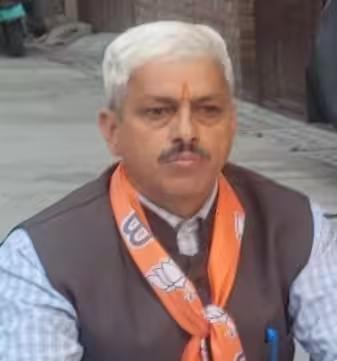SAARC is a very important aspect of India’s foreign policy. India, apart from being the largest Nation in the SAARC region, is also economically very significant. From Day 1 itself Prime Minister Narendra Modi has illustrated how better relations with SAARC Nations is at the core of his foreign policy.

Shri Modi decided to invite all SAARC leaders for his swearing-in ceremony on 26th May 2014. Thus, when Shri Narendra Modi took over as PM, President Hamid Karzai (Afghanistan), Speaker Sharmin Chaudhary (Bangladesh) (PM Sheikh Hasina was on a pre-scheduled visit to Japan), PM Tshering Tobgay (Bhutan), President Abdulla Yameen (Maldives), PM Sushil Koirala (Nepal), PM Nawaz Sharif (Pakistan) and President Rajapaksa (Sri Lanka) were all present for the event. The next day he had very fruitful bilateral meetings with the leaders. Each of these meetings indicated a new beginning and the rise of an era of optimism and record progress in SAARC relations.

The Prime Minister chose Bhutan as the first place for his overseas visit. He landed there on 15thJune 2014 amidst a very warm welcome and several key agreements were inked during the visit. The Prime Minister also addressed the Parliament of Bhutan during this visit.
When PM Narendra Modi landed in Kathmandu in 2014, it marked the beginning of the first standalone bilateral visit by an Indian Prime Minister in 17 years. In Nepal too, key agreements were signed and the deliberations between the PM and the leadership of Nepal marked the start of a historic period in India-Nepal ties. Shri Modi again went to Nepal for the SAARC Summit in November 2014, where he met top SAARC leaders.

In February 2015 the newly elected Sri Lankan President Sirisena came to India, making India his first destination for a foreign visit after he assumed office in January 2015. In March 2015 the Prime Minister went to Sri Lanka, making this the first standalone visit by an Indian Prime Minister in several years. During the visit the agreements inked and the Prime Minister addressed the Sri Lankan Parliament and visited Jaffna, making him the first ever Indian PM and the 2nd world leader to visit Jaffna. In Jaffna he handed over houses as a part of a housing projectwhere the Government of India is providing assistance and laid the foundation stone of the Jaffna Cultural Centre.


President Ashraf Ghani of Afghanistan visited India in May 2015 and the two Nations agreed to work together for enhanced ties.
History was created in May 2015 when the Indian Parliament unanimously passed the India Bangladesh Border Agreement, which has been described as a watershed moment in India-Bangladesh ties. PM Shri Modi lauded the role of all political parties and CMs and good wishes also came from PM Sheikh Hasina. The Prime Minister is expected to visit Bangladesh very soon to further cement ties.
Thus, from bilateral meetings, key agreement and lot more, Shri Narendra Modi is doing everything possible to strengthen bonds with SAARC nations.




























